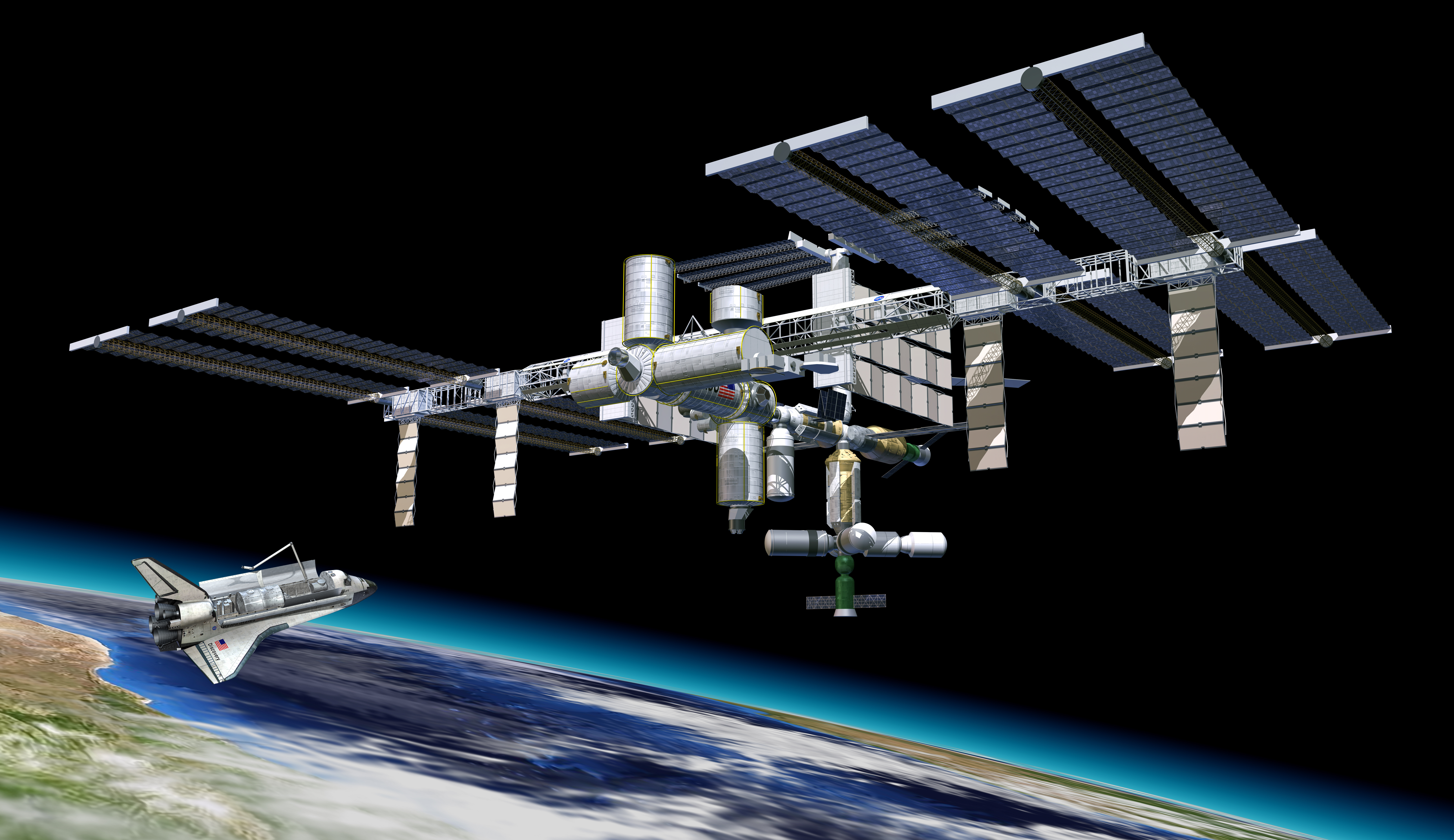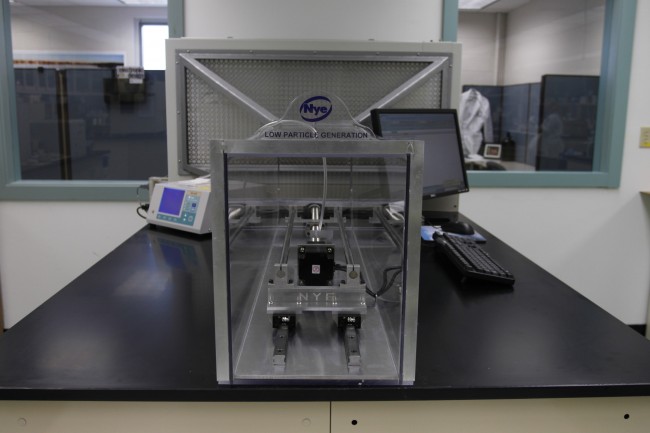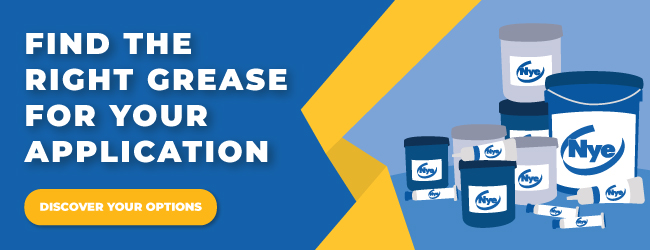No Time Off for Aerospace Lubricants
What works 24 hours a day for 30 years with no time off? Nye's aerospace lubricants.
Key to our everyday lives, satellites must operate around the clock in a harsh and extreme environment. Whether sending signals to your TV, tracking thunderstorms in Oklahoma, guiding your car to an out of town restaurant or gathering images from the Middle East, the continual and precise operation of satellites is indispensable.
While satellites seem to glide gracefully through space, inside reaction wheels are constantly spinning at high speed to provide small but precise adjustments for the position and altitude. Essentially, the reaction wheel is a flywheel where torque is applied to a single axis of the satellite causing it to react by rotating. Keeping the bearings in the reaction wheel spinning, and in turn a billion dollar satellite in operation, is a thin layer of lubricant, and in many cases a Nye aerospace lubricant.

Once launched there is no way to change the oil in a satellite after a million miles, so all mechanisms must be “Lube for Life.” This extreme lubrication challenge can be solved by using a multiply-alkylated cyclopentane (MAC’s) base oil. This unique oil, developed specifically for outer space, offers low volatility, good lubricity and long life.
The MAC oil is only the start of a long process to become a Nye aerospace lubricant. First, additives for the oil must be tested. Then, the lubricant is formulated in an ISO rated clean room by specially gowned technicians, followed by a multi-step ultrafiltration process. Next, the aerospace lubricant must pass a gauntlet of application related tests. For example, wear protection is confirmed by using a SRV test rig. SRV, which stands for Schwingung (Oscillating), Reibung (Friction), Verschleiz (Wear), determines if the lubricant will provide the proper film strength over the life of the mission by testing the grease between two oscillating metal surfaces. Data obtained in this test includes wear scar diameters and coefficient of friction.

To duplicate conditions in Space, many tests are performed in vacuum. Samples are tested to measure for any volatile contamination that might escape from the lubricant. This test is critical to ensure that the optics for reconnaissance satellites will not fog by condensables from the lubricant. In addition to volatile contamination, Nye also controls the solid particle contamination in the lubricant.
To ensure the cleanliness, a sample is inspected using a 200X microscope to confirm that no large hard particles are present. Particles in the lubricant would cause vibration in the bearing, followed by wear and premature failure. Other tests Nye’s aerospace lubricants must pass include apparent viscosity, oil separation, wettability, FTIR and density.
Having passed all the specifications, the lubricant is ready for the ride of its life aboard a communication satellite the size of a school bus, or on a new-generation, toaster sized CubeSat satellite. Most importantly, Nye’s aerospace lubricant must keep the reaction wheels turning 24 hours a day, for the next 10,950 days, with no time off.



